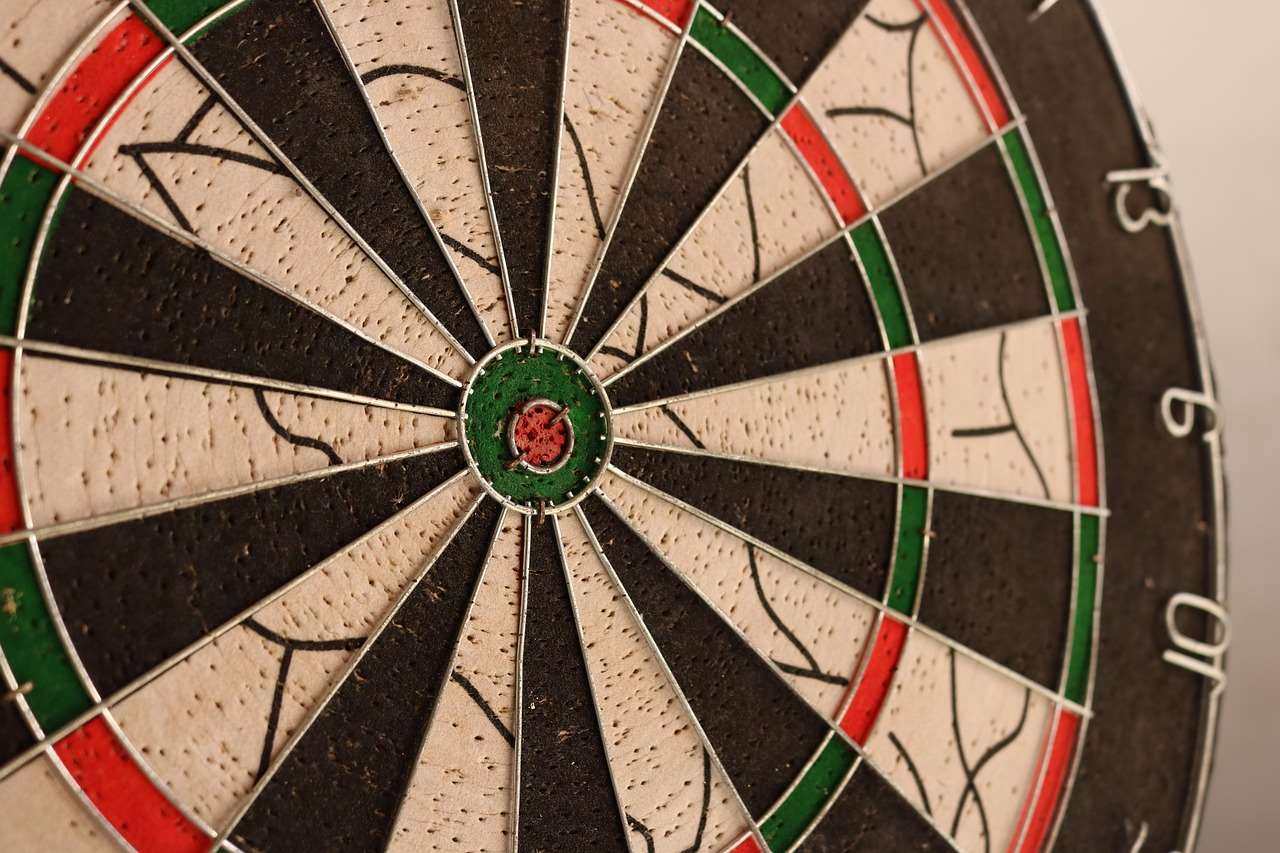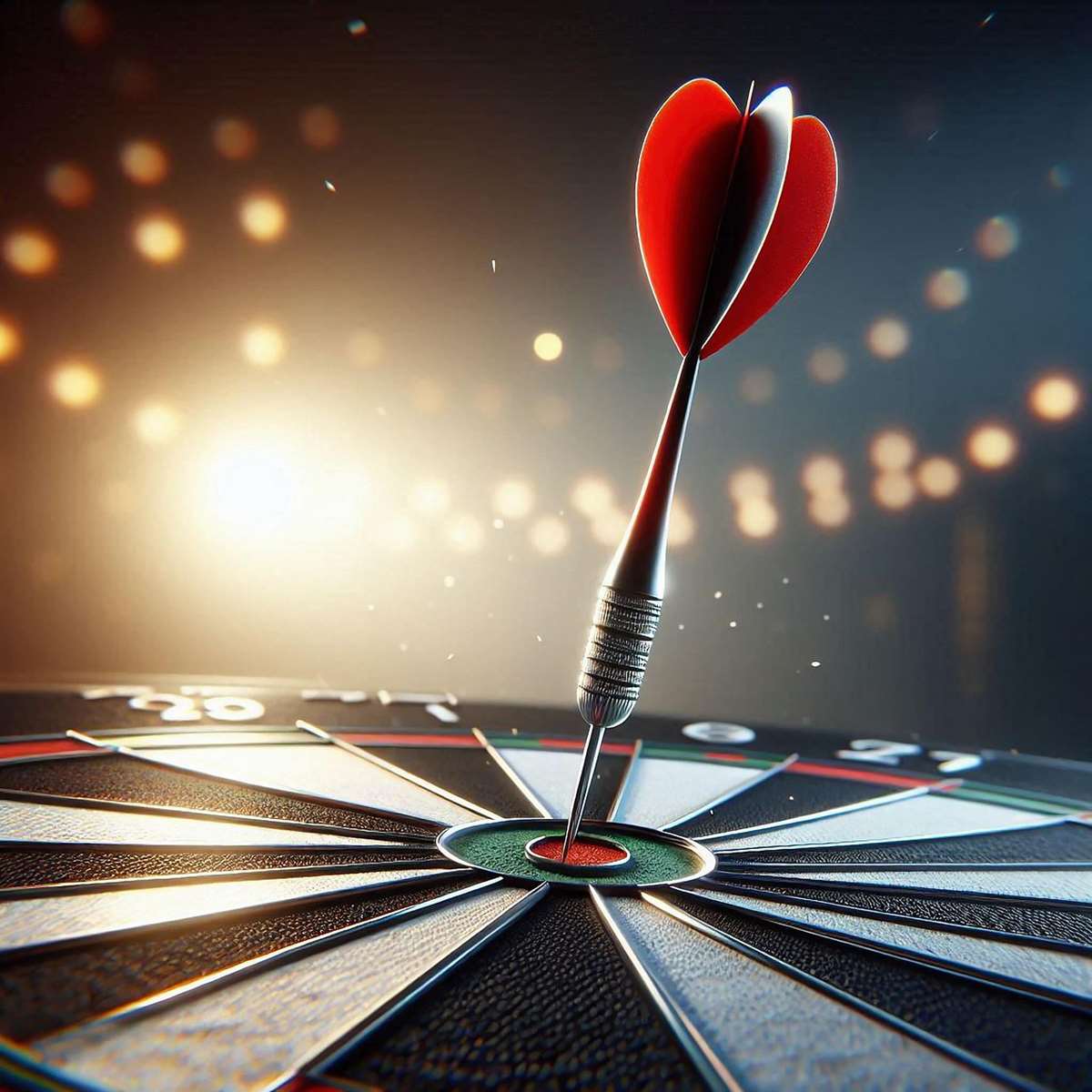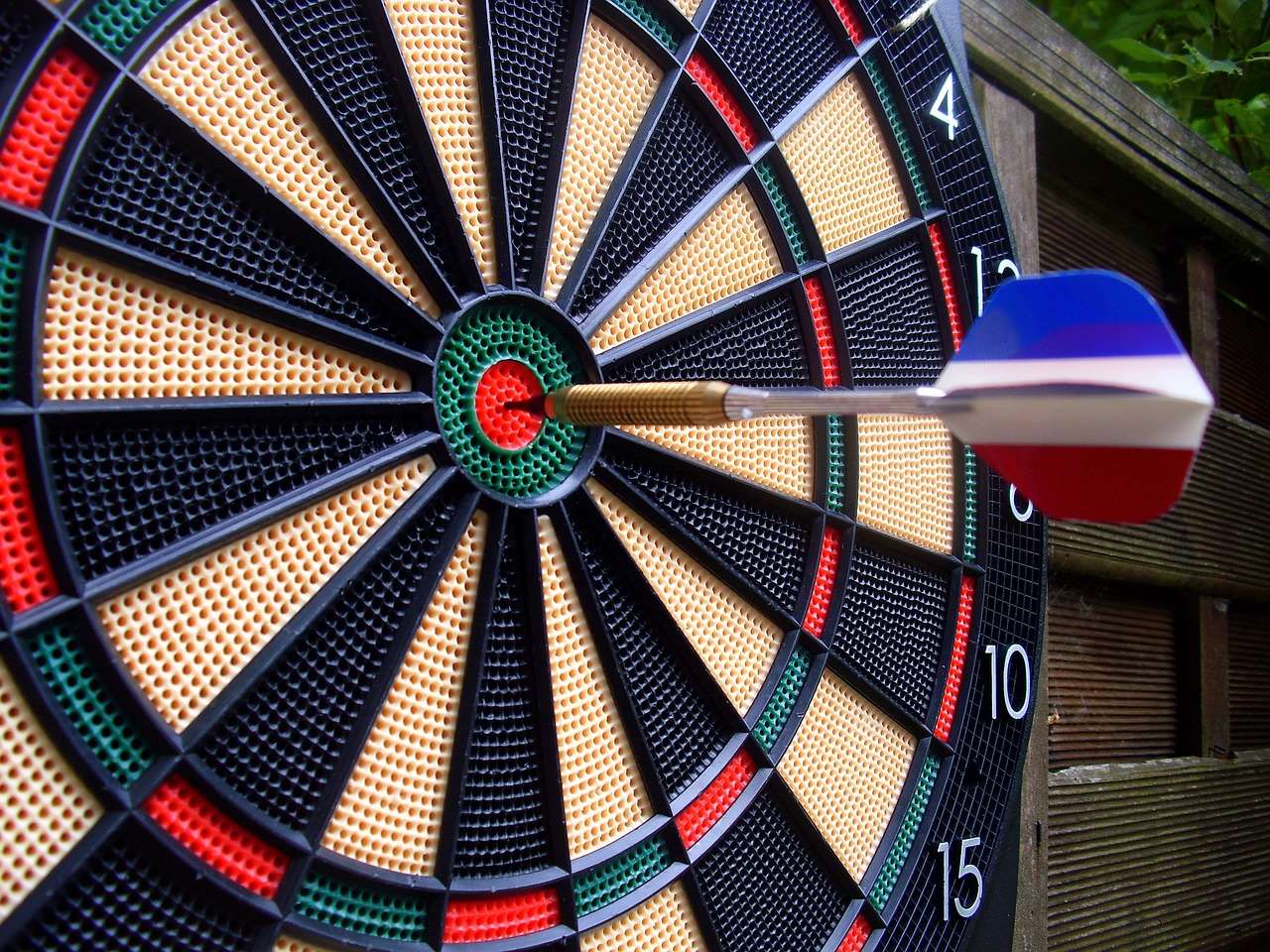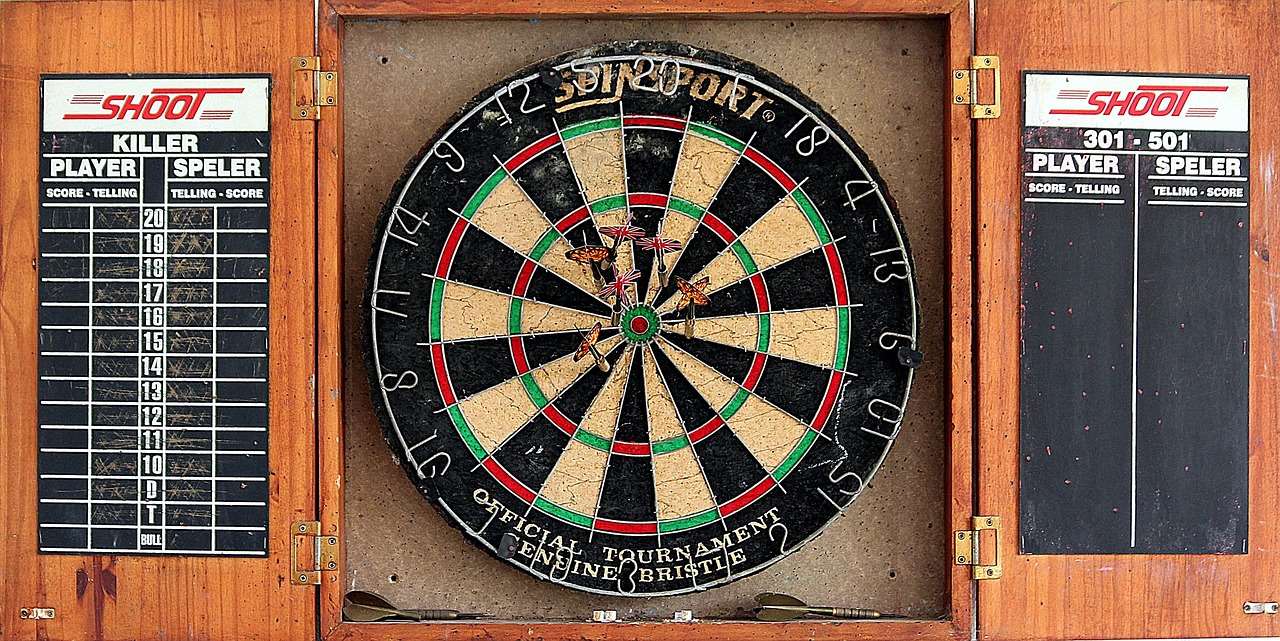Understanding the relationship between ergonomics and physical performance is crucial for optimizing athletic potential and preventing injuries. This article will explore the core principles of ergonomics and physical performance, providing practical strategies to improve your physical capabilities while minimizing risk. We’ll cover key aspects like posture, workspace setup, and movement efficiency, showing you how to integrate ergonomic principles into your daily routine.
⚠️ Still Using Pen & Paper (or a Chalkboard)?! ⚠️
Step into the future! The Dart Counter App handles all the scoring, suggests checkouts, and tracks your stats automatically. It's easier than you think!
Try the Smart Dart Counter App FREE!Ready for an upgrade? Click above!
Ergonomics, simply put, is the science of designing the workplace, tools, and tasks to fit the worker. When applied to physical performance, it means optimizing your environment and movements to maximize your efficiency and minimize the risk of injury. This is particularly relevant for athletes and those involved in physically demanding activities, but also applies to everyday life for all levels of fitness.
Considering the impact of ergonomics on physical performance can translate to significant gains in strength, endurance, and overall athleticism. By understanding and implementing proper ergonomic principles, you can reduce the strain on your body, recover faster after exertion, and improve the effectiveness of your training. A well-considered ergonomic setup and approach helps to protect from common problems like back pain, carpal tunnel syndrome, and repetitive strain injuries.
Ergonomics and Physical Performance: Posture and Movement
Posture is the foundation of good ergonomics and physical performance. Maintaining proper posture while exercising or performing everyday tasks is essential to prevent strain on your muscles, joints, and tendons. Poor posture can lead to decreased performance, increased fatigue, and eventually, injury. Correct posture involves maintaining the natural curves of your spine, keeping your shoulders relaxed, and avoiding slouching or hunching. 
Improving Posture for Enhanced Performance
- Strengthen your core muscles: A strong core provides stability and support for your spine, improving your posture and reducing the risk of injury.
- Practice mindful movement: Pay attention to your posture throughout the day. Consciously adjust yourself to maintain proper alignment.
- Use ergonomic furniture and equipment: Choose chairs and desks that support proper posture. For example, investing in an ergonomic keyboard and mouse can significantly improve comfort and reduce the risk of repetitive strain injuries.
- Stretch regularly: Stretching can help to improve flexibility and reduce muscle tension, which can contribute to improved posture.
Movement efficiency is another critical element of ergonomics and physical performance. This refers to performing tasks with minimal wasted energy and strain. Efficient movement reduces the risk of injury and maximizes your output. This involves optimizing your technique in exercises, using proper lifting techniques, and avoiding awkward movements. To understand how to improve movement efficiency, it can be helpful to consult with a physical therapist or athletic trainer for a personalized assessment and guidance.
Workplace Ergonomics and Physical Performance
The impact of ergonomics and physical performance extends beyond the gym or sports field. Your workspace, whether at home or in an office, significantly affects your physical well-being and productivity. A poorly designed workspace can lead to muscle strain, fatigue, and decreased performance, highlighting the need for ergonomic considerations in the office environment, too. By implementing ergonomic improvements, you may reduce the likelihood of taking time off work due to pain or injury.
Setting up an Ergonomic Workspace
- Adjustable desk: An adjustable-height desk allows you to alternate between sitting and standing, reducing strain on your back and promoting better posture.
- Ergonomic chair: A chair with proper lumbar support, adjustable height, and armrests can significantly improve comfort and reduce back pain.
- Proper monitor placement: Position your monitor at eye level to avoid neck strain. Consider using a monitor stand to achieve the optimal height.
- Keyboard and mouse placement: Keep your keyboard and mouse close to your body to avoid reaching and straining.

Adopting these ergonomic principles not only enhances your comfort but directly relates to improved physical performance. By reducing pain and discomfort, you improve your ability to work effectively, maintain energy throughout the day, and avoid long-term health issues. Remember that consistent application is key; even minor improvements can accumulate into significant benefits over time.
Ergonomics and Physical Performance in Sports
In the world of sports, understanding the relationship between ergonomics and physical performance is essential for optimizing athletic potential and preventing injuries. Ergonomics and physical performance go hand-in-hand in ensuring top performance and minimizing the risk of injury. From the setup of training equipment to the biomechanics of movement, every detail matters in achieving peak performance.
Ergonomic Considerations for Athletes
- Proper equipment: Using well-designed and properly fitted equipment can significantly reduce the risk of injury and improve performance.
- Biomechanical analysis: Assessing an athlete’s movement patterns can identify areas for improvement and help prevent injuries.
- Training program design: A well-designed training program should incorporate proper rest and recovery to allow the body to adapt and avoid overtraining.
- Nutrition and hydration: Maintaining a healthy diet and staying properly hydrated is critical for optimal physical performance.
For example, in sports like tennis or baseball, proper grip and swing techniques are critical. Poor technique can lead to wrist, elbow, or shoulder injuries. Similarly, runners should use proper running form to avoid knee and ankle problems. By paying close attention to movement efficiency, athletic potential can be maximized. Remember to consider training volume for long matches and nutrition for long matches as crucial factors.

Consider also Darts Fitness Health and how ergonomic principles are applied in different sports. A healthy lifestyle tips for dart players should encompass both physical and mental well-being for peak performance.
The Importance of Regular Breaks and Recovery
Incorporating regular breaks into your routine is crucial for maintaining physical performance. Taking short breaks throughout the day can help to prevent fatigue and reduce the risk of injury. Regular breaks allow your muscles to relax, reducing the buildup of tension that can lead to discomfort and reduced performance. These breaks are important whether it is for intense physical training or prolonged periods of desk work.
Effective Break Strategies
- Micro-breaks: Take short, frequent breaks (every 30-60 minutes) to stand up, stretch, or walk around.
- Longer breaks: Take longer breaks (10-15 minutes) every few hours to engage in more restorative activities like walking or light stretching.
- Mindfulness and relaxation: Incorporate mindfulness techniques or relaxation exercises during your breaks to reduce stress and tension.
Adequate recovery is equally important. Getting enough sleep, eating a balanced diet, and managing stress are all essential for recovery. The body needs time to repair and rebuild after physical activity. Lack of adequate recovery can lead to overtraining, injury, and decreased performance. Exercise for dart players should always be paired with adequate rest.

Don’t forget the mental aspect. Stress can impact performance and recovery negatively. Incorporating stress-reducing activities like meditation or yoga can contribute to better physical performance by promoting better sleep and reducing muscular tension. This holistic approach to recovery complements the ergonomic focus, leading to a well-rounded improvement in your physical well-being and overall performance.
Conclusion: Optimizing Ergonomics and Physical Performance
Optimizing ergonomics and physical performance requires a holistic approach that considers posture, movement, workspace design, and recovery. By implementing the strategies discussed in this article, you can significantly improve your physical capabilities while reducing your risk of injury. Remember that a healthy lifestyle, incorporating elements such as proper nutrition, eye care and hydration for darts, and vision training for focus and even vision training for depth perception, contributes significantly to your overall well-being and athletic performance. Prioritizing ergonomics is not just about comfort; it’s about maximizing your potential and enjoying a long, healthy, and active life. Start today by implementing these improvements to your routine and experience the transformative effects of better ergonomics on your physical capabilities.

Take the next step in optimizing your physical performance. Learn more about creating a personalized ergonomic setup and building a sustainable routine by visiting our resources page. Remember, it is a journey, not a destination, and consistent effort will yield incredible results. Take control of your physical well-being today and invest in yourself. Social benefits of darts are an added bonus to a healthy lifestyle and balanced training schedule.
Hi, I’m Dieter, and I created Dartcounter (Dartcounterapp.com). My motivation wasn’t being a darts expert – quite the opposite! When I first started playing, I loved the game but found keeping accurate scores and tracking stats difficult and distracting.
I figured I couldn’t be the only one struggling with this. So, I decided to build a solution: an easy-to-use application that everyone, no matter their experience level, could use to manage scoring effortlessly.
My goal for Dartcounter was simple: let the app handle the numbers – the scoring, the averages, the stats, even checkout suggestions – so players could focus purely on their throw and enjoying the game. It began as a way to solve my own beginner’s problem, and I’m thrilled it has grown into a helpful tool for the wider darts community.